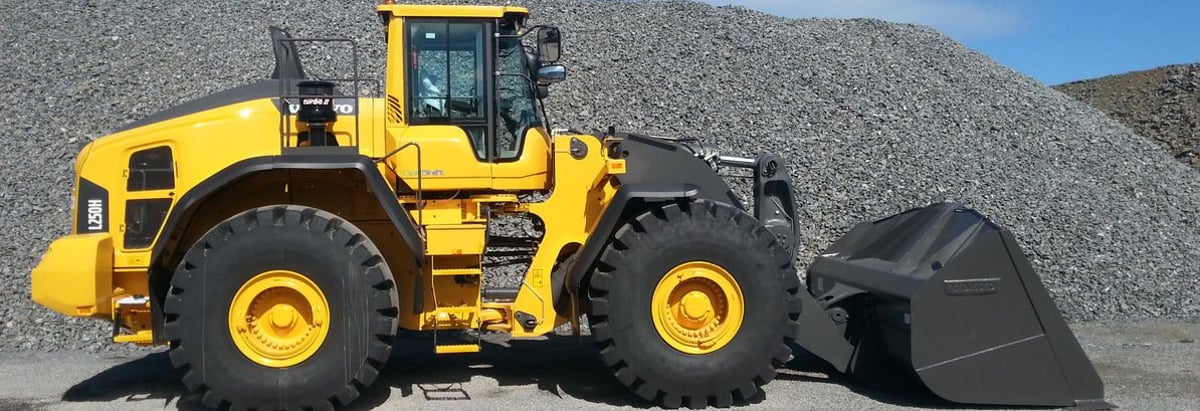What Does Havyard Group ASA's (OB:HYARD) Ownership Structure Look Like?

Today, I will be analyzing Havyard Group ASA’s (OB:HYARD) recent ownership structure, an important but not-so-popular subject among individual investors. Ownership structure has been found to have an impact on shareholder returns in both short- and long-term. Different types of investors can have varying degrees of influence on a company’s management team. For example, an active institutional investor may be more likely to hold a company accountable for certain actions whereas a passive fund will move in and out of stocks without regards to corporate governance. The implications of these institutions’ actions can either benefit or hinder individual investors, so it is important to understand the ownership composition of your stock investment. Therefore, I will take a look at HYARD's shareholders in more detail.
View our latest analysis for Havyard GroupInstitutional Ownership
In HYARD's case, institutional ownership stands at 11.23%, significant enough to cause considerable price moves in the case of large institutional transactions, especially when there is a low level of public shares available on the market to trade. These moves, at least in the short-term, are generally observed in an institutional ownership mix comprising of active stock pickers, in particular levered hedge funds, which can cause large price swings. For HYARD shareholders, the potential of this type of share price volatility shouldn't be as concerning as hedge fund ownership is is not significant,indicating few chances of such sudden price moves. While that hardly seems concerning, I will explore further into HYARD's ownership type to find out how it can affect the company’s investment profile.Insider Ownership
Another important group of shareholders are company insiders. Insider ownership has to do more with how the company is managed and less to do with the direct impact of the magnitude of shares trading on the market. HYARD insiders are also influential stakeholders with 9.05% ownership in the company. This level of ownership indicates closely aligned interests of shareholders and management. It may be interesting to see what insiders have been doing with their shares lately. Insiders buying shares can be a positive indicator of future performance, but a selling decision can be simply driven by personal financial needs.General Public Ownership
A big stake of 20.36% in HYARD is held by the general public. This size of ownership gives retail investors collective power in deciding on major policy decisions such as executive compensation, appointment of directors and acquisitions of businesses. This level of ownership gives retail investors the power to sway key policy decisions such as board composition, executive compensation, and potential acquisitions. This is a positive sign for an investor who wants to be involved in key decision-making of the company.Private Company Ownership
Another important group of owners for potential investors in HYARD are private companies that hold a stake of 59.36% in HYARD. These are companies that are mainly invested due to their strategic interests or are incentivized by reaping capital gains on investments their shareholdings. An ownership of this size indicates a strong financial backing and has the potential to influence HYARD's business strategy. Thus, investors should dig deeper into HYARD's business relations with these companies and how it can affect shareholder returns in the long-term.Next Steps:
HYARD's considerably high level of institutional ownership calls for further analysis into its margin of safety. This is to avoid getting trapped in a sustained sell-off that is often observed in stocks with this level of institutional participation. However, ownership structure should not be the only focus of your research when constructing an investment thesis around HYARD. Rather, you should be looking at fundamental drivers such as the intrinsic valuation, which is a key driver of Havyard Group’s share price. I urge you to complete your research by taking a look at the following:
- 1. Financial Health: Is HYARD’s operations financially sustainable? Balance sheets can be hard to analyze, which is why we’ve done it for you. Check out our financial health checks here.
- 2. Past Track Record: Has HYARD been consistently performing well irrespective of the ups and downs in the market? Go into more detail in the past performance analysis and take a look at the free visual representations of HYARD's historicals for more clarity.
- 3. Other High-Performing Stocks: Are there other stocks that provide better prospects with proven track records? Explore our free list of these great stocks here.
Valuation is complex, but we're here to simplify it.
Discover if Eqva might be undervalued or overvalued with our detailed analysis, featuring fair value estimates, potential risks, dividends, insider trades, and its financial condition.
Access Free AnalysisHave feedback on this article? Concerned about the content? Get in touch with us directly. Alternatively, email editorial-team@simplywallst.com
Simply Wall St analyst Simply Wall St and Simply Wall St have no position in any of the companies mentioned. This article is general in nature. We provide commentary based on historical data and analyst forecasts only using an unbiased methodology and our articles are not intended to be financial advice. It does not constitute a recommendation to buy or sell any stock and does not take account of your objectives, or your financial situation. We aim to bring you long-term focused analysis driven by fundamental data. Note that our analysis may not factor in the latest price-sensitive company announcements or qualitative material.
About OB:EQVA
Eqva
Provides technical solutions and services to maritime and land based industries in Norway and internationally.
Adequate balance sheet slight.
Market Insights
Community Narratives





